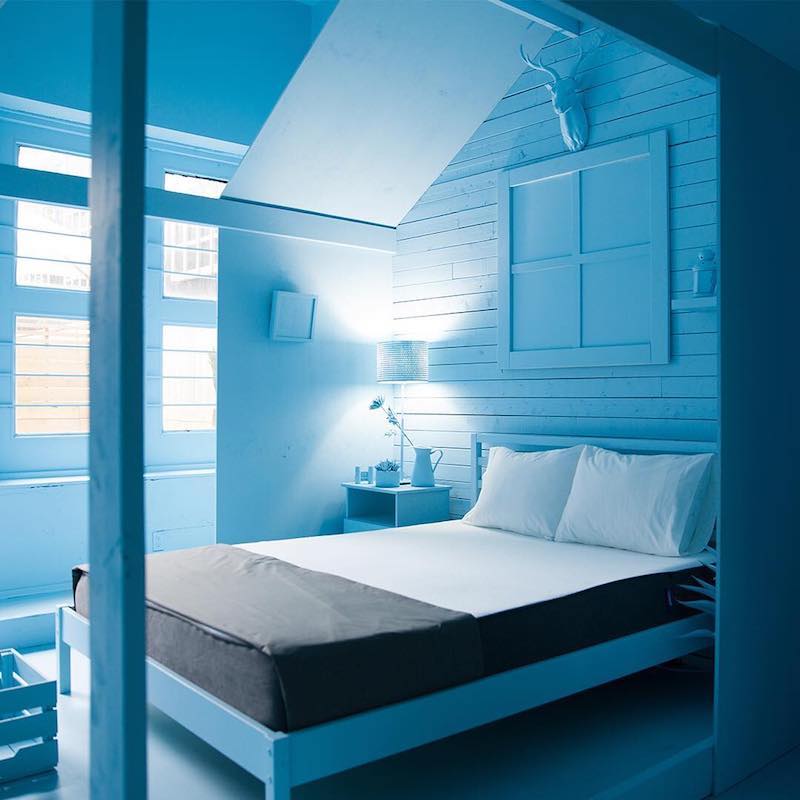In Canada and the United States, online shopping is growing at a faster rate than brick and mortar retail sales, and brands who fail to adapt are suffering. Shopping online is easier, cheaper, and more comfortable, while the accessibility of information, choice and availability can make getting what you want online much more simple than in store. According to the Toronto Star, online sales in Canada are growing at a rate of 15% per year compared to 3% for in-store retail sales. The reasons behind this shift to online shopping are complex and varied, but it is safe to assume that the increasing security, convenience and pervasiveness of e-commerce has altered the retail landscape forever, making an online store a must for any brand that wants to stay competitive.
However, traditional retail isn’t doomed and more online shopping doesn’t spell the immediate death of the physical storefront. Even online-first brands like Casper, Warby Parker and Frank & Oak see the benefits of brick and mortar, because they recognize there will always be consumers who want to be able to physically see, touch, try and/or hold the product they’re about to purchase. Brands need both because these two channels serve different purposes. While brick and mortar spaces allow for the physical interactions with products, people and space, online stores are a better, more efficient way for customers to actually buy the things they want and need.

This should be seen as an exciting opportunity for retailers to elevate the use of their physical spaces for purposes that go beyond basic business transactions. If the act of moving inventory and taking money can be done better online, then that is where those activities should take place. Physical stores should be used for creating spaces that don’t just provide a good or service, but allow consumers to engage with the brand on a deeper and more emotional level. The use of physical space should then be optimized to strengthen the organization’s brand, increase customer loyalty and develop a two way customer-brand relationship.
One of the few brands in Canada that is doing this well is Nike. They operated the Nike Running Club out of the Toronto Nike Loft, a “loft and chill out space” situated in downtown Toronto. Although the space was also used to test and promote new products, the primary intention for was to create a gathering place for runners. This space was not used to directly sell products but to incorporate a social aspect into running; to keep runners accountable and motivated, and to create a Nike branded support system to help them reach and surpass their athletic goals. Although they removed the business transaction from the customer-brand relationship, Nike used the space to create a community around Nike’s brand to promote several of the values tied to brand identity.

In early 2017, Nike redesigned the loft to shift away from runners and engage with a more style focused customer segment. The space now showcases the myriad of ways in which you can customize your sneakers using NikeID (an online sneaker customization engine), offers “SNKR Services” which can winterize your sneakers (very important in Toronto) as well as a few areas to relax and hang out. Although the space is no longer as community oriented as it once was — Nike still offers free workouts across the city — this is not exactly a store where one goes to make a purchase. The loft is still very much a space that is reflective of the NikeID brand, allowing customer to explore and interact with the brand, and become familiar with its value proposition.
More and more of the stuff we buy is going to be bought and sold online, and as the technology and attitudes around e-commerce change this trend will only increase. Physical stores are no longer the only place where customers can buy the things they want and need, and this should be seen as an opportunity for brands to get creative with how they use their physical space.
How brands do this will vary brand to brand because the uses should be a reflection of the unique values that a given brand represents. But it’s safe to say that we’ll see business transactions take a secondary role in physical stores which will be used to develop stronger relationships with customers and build greater meaning behind brand purpose, values and identity.
Do you think retail stores are changing for the better? Share your opinion in the comment section!
Posts you might be Interested in:
Converse Canada Launches Online Shopping
New Study Finds that Canadians have Weird Online Shopping Searches
Yorkdale Opens Cool Innovative Retail Space “CONCEPT”
Canadian Shopping Malls Outperform Most American Malls
Why a String of Fashion Failures does not Mean the Death of Malls
